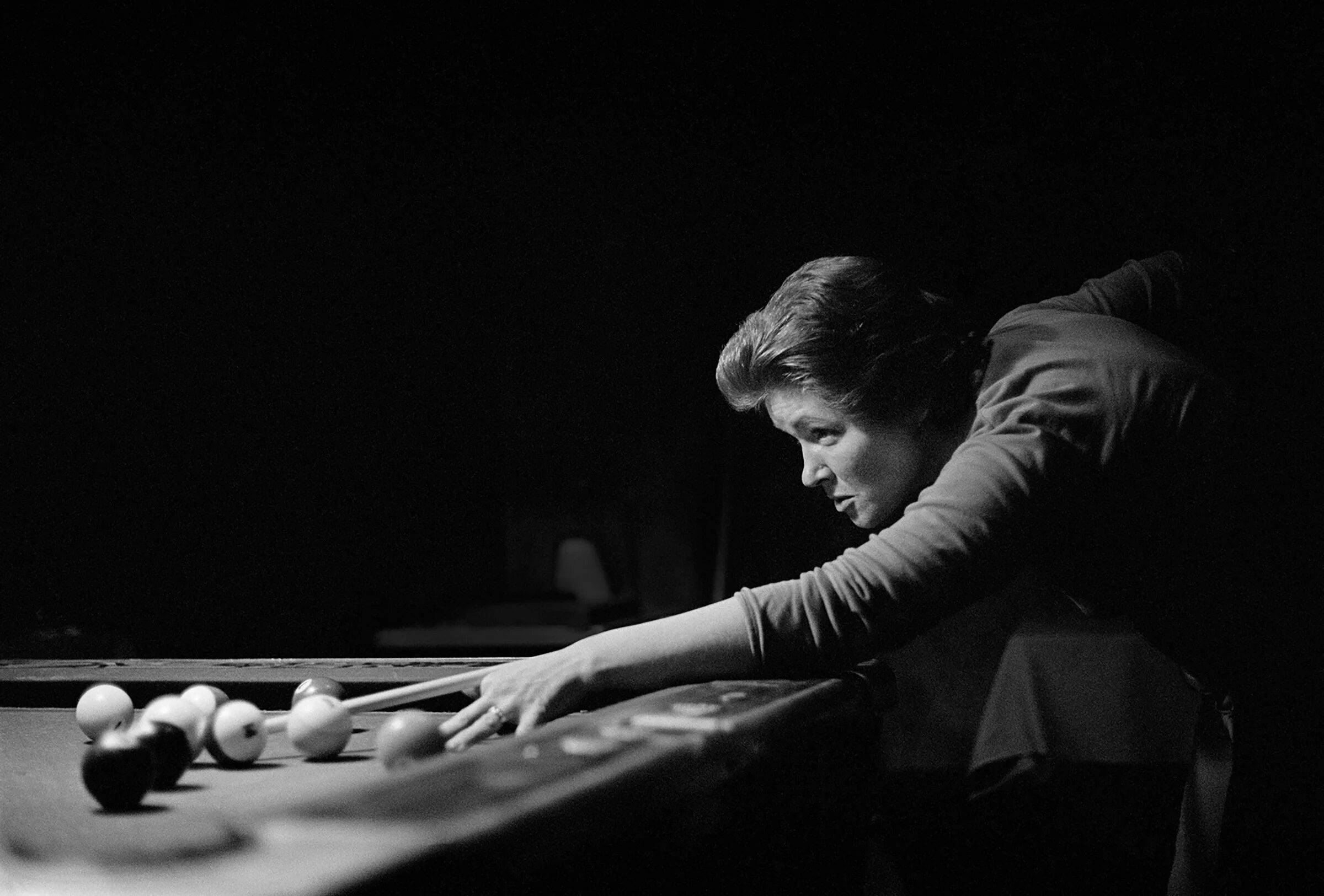You may have heard these words before. Certain images may be popping into your head – the butch, clad in jeans, wielding a hammer, arms crossed and jaw set. Or you may imagine red nails, stilettos, long hair, and a trail of sweet perfume. Or you may have no idea what these words mean. Either way, here is a short history of butch/femme to help you understand.
Butch/femme is a dynamic within the lesbian community. Not all lesbians identify with it, and many do not like the dynamic at all, finding it derivative of patriarchal gender roles.1 Historically, butches have dressed in masculine clothing and held more “masculine” jobs (i.e. manual labor), while their femme counterpart was more inclined to enjoy traditionally feminine forms of appearance and presentation.2 Butch/femme became prominent in the mid-20th century and was most heavily associated with white, working class lesbians who found community in metropolitan bars. Due to connections with manual labor, butchness is often associated with strength.3

The movement has historically excluded lesbians of color, with studs (black masculine lesbians) and black femmes facing both racism and homophobia from their own community and society at large. Trans lesbians and drag queens and kings have also played a monumental role in the formation of this identity. While butch/femme may be regarded as a binary dynamic, many butches and femmes are trans, nonbinary, or use additional labels to describe themselves.4
Because butches have historically taken on masculine forms of presentation, they are more likely to bear the brunt of societal “othering” as women and non cis men who choose to present as masculine. This is not to say the femme is necessarily “straight-passing” and does not also face homophobia from people outside of the community.5 However, historically, butches would receive violence and hatred for their outward appearance and their femmes would serve as healers, protectors, and partners.
While trans and non-binary butches and femmes have always existed, they are far more visible now. Butch/femme is not an exclusive or limited pairing – many lesbians are masc for masc, butch for butch, femme for femme – there is no limit to lesbian attraction, and butch/femme is only one of these forms of attraction and love within the community.
My goal with this collection of materials was to reveal the experiences and artistic reflections of several prominent lesbian figures whose work helped to advance queer representation in the public sphere while addressing the complexities of butch and femme identities. I wanted to demonstrate how love and desire are driving forces behind the sustained unification and strength of these two identities, and focus on refractions and reflections of butch/femme experiences from 1975-2000. While I understand that butch/femme is not representative of the general queer community, these selected works highlight butch and femme voices in particular. I also hoped to represent butches and femmes of color who may not be as recognized as their white counterparts.
Further Reading
- The Persistent Desire, by Joan Nestle
- The Femme Mystique, by Lesleà Newman
- Stone Butch Blues, by Leslie Feinberg
- Persistence: All Ways Butch and Femme, edited by Ivan E. Coyote and Zena Sharman
- Odd Girls and Twilight Lovers: A History of Lesbian Life in Twentieth-Century America, by Lillian Faderman
- Boots of Leather, Slippers of Gold, by Elizabeth Kennedy & Madeline Davis
- Eye to Eye: Portraits of Lesbians, by Joan E. Biren
References
- Joan Nestle, “The Femme Question,” The Persistent Desire: A Femme-Butch Reader. Alyson Publications, 1992.
- Alix Genter. “Appearances Can Be Deceiving: Butch-Femme Fashion and Queer Legibility in New York City, 1945–1969.” Feminist Studies 42, no. 3(2016): 604–31. https://doi.org/10.15767/feministstudies.42.3.0604.
- Elizabeth Lapovsky Kennedy & Madeline Davis, “The Construction of the Butch Role,” The Persistent Desire: A Femme-Butch Reader. Alyson Publications, 1992.
- Amanda H. Littauer. 28 Mar 2018, Sexual Minorities at the Apex of Heteronormativity (1940s–1965) from: The Routledge History of Queer America.
- Nestle, “The Femme Question,” The Persistent Desire.
